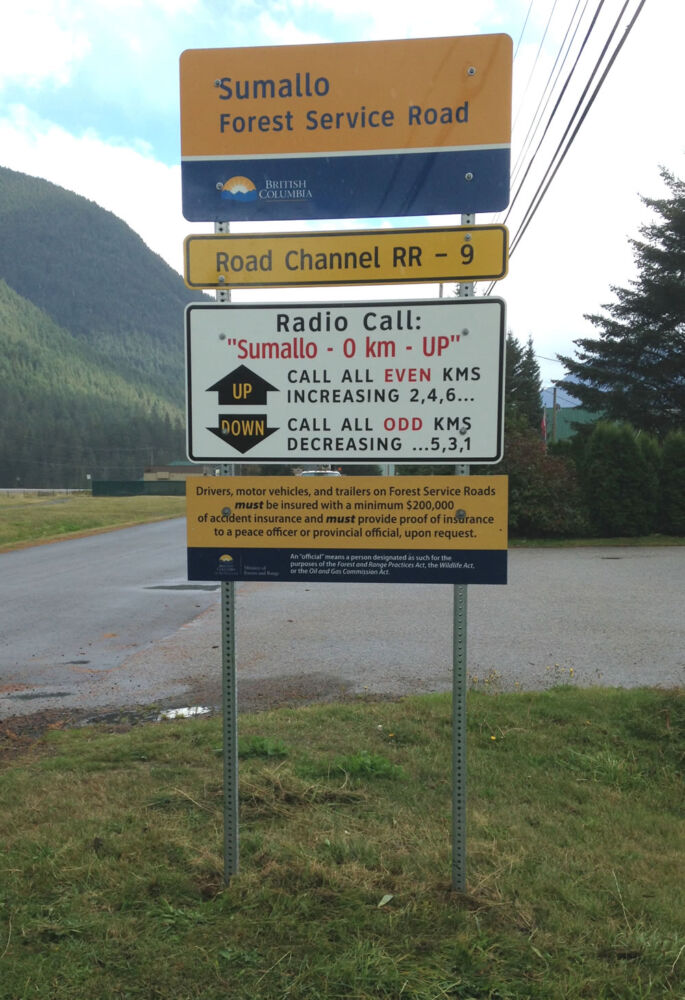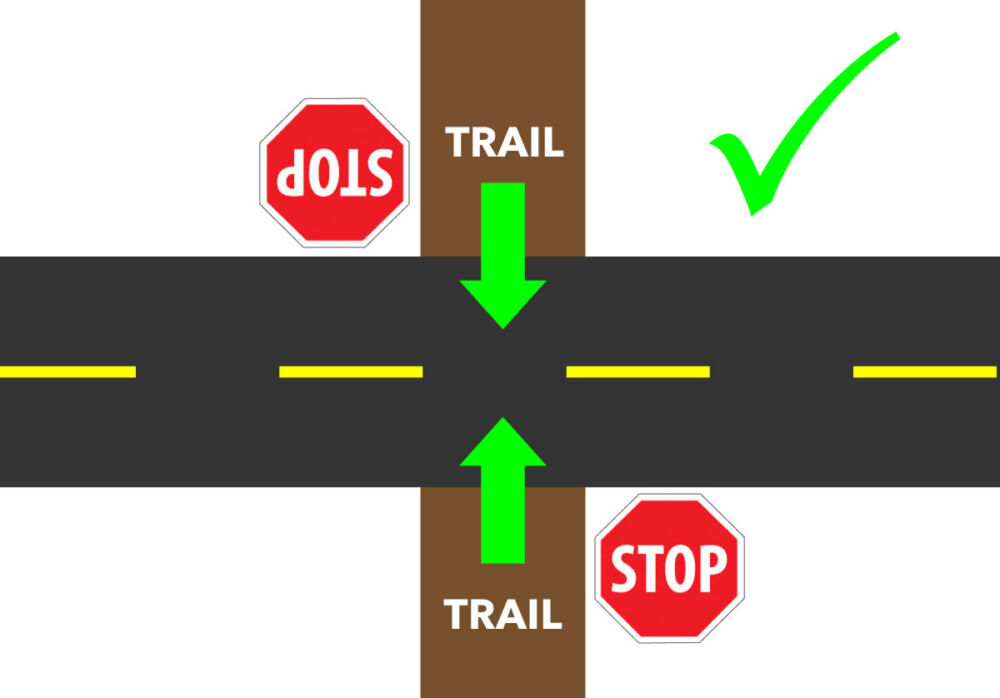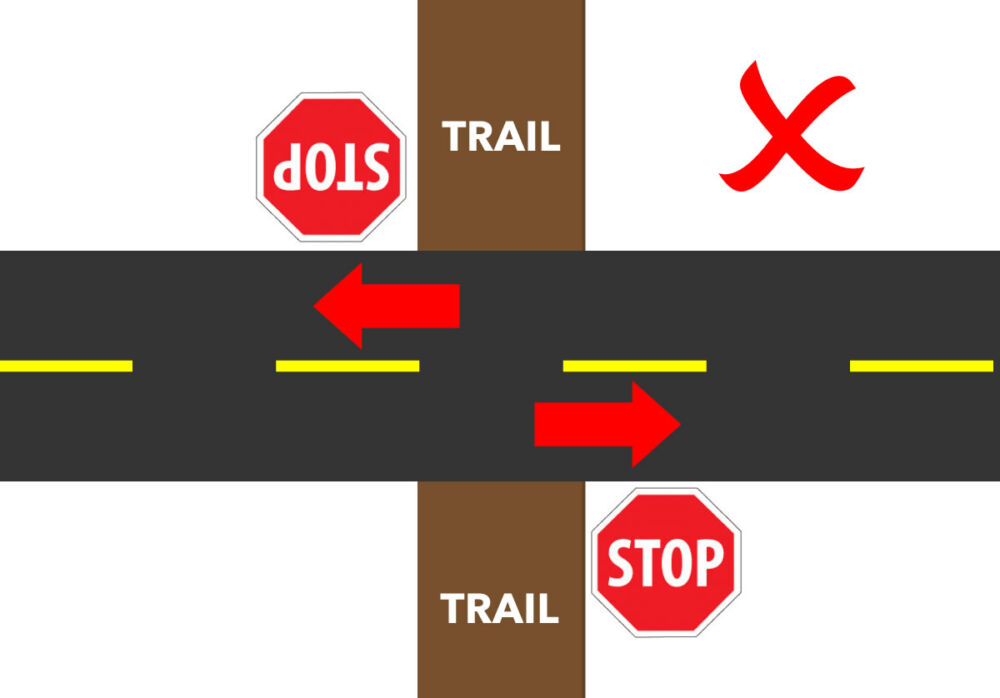Safety, parking, littler, noise, dust, hours of operation… there’s a lot to think about when pulling up at your favourite trailhead staging area.
All ATVers need to remember that we’re judged by the tracks we leave behind and that starts with how and where we park. If a local resident, rancher or hiker drives by and sees piles of garbage, burnout marks on the road or an abandoned campfire it sure doesn’t look good for us.
Safety
Almost every staging area is near or on a Forest Service Road (FSR) so in addition to other recreational users whether they be fellow ATVers, fisherman, hunters, firewooders, a bunch of young folks heading out with a pickup load of pallets to party or commercial and industrial traffic, there can be a lot of vehicles passing the staging area.
Legal Parking Areas
FSR signs are posted at the start of an FSR system where there is potential for public or multiple industrial users.
You’ll usually see these at or near where the pavement ends or on dirt roads where it switches from municipal/private roads to the FSR.
The FSR sign indicates ATVs are allowed to ride on the road beyond this point.
ATVs should only unload before this sign if there is a clearly identified parking/unloading area for ATVs and be aware that you may need the ICBC Basic Autoplan if you’re unloading in a parking lot that is part of the public highway system.
Parking
If you’re not familiar with a staging area or if appears to be a popular spot for parties it may be wise to pull over and inspect the parking area for broken glass and campfire nails before you drive in.
Many staging areas have limited parking or areas that are better left for trucks and trailers. Take a look around before you park, if you have a pickup try to find a place where you can safely unload while leaving larger spots and turnaround areas for trucks and trailers.
Observe how other people have unloaded and if they load off the side or back and leave enough room so they can get their machine on their ramps if parking behind other vehicles that have already unloaded.
When parking pull as far as safely possible off the FSR so vehicles can pass and don’t park anywhere that’s going to put you or oncoming traffic at risk. Never park anywhere that may interfere with commercial or industrial traffic, we’re out playing but they’re out making a living.
Don’t block the road and keep all little people and pets under control at all times.
Litter
No matter where an ATV travels they should never be littering and the staging area is often one of the most visible signs of all-terrain vehicle activity. If you spot garbage near your vehicle pick it up, we’ll all look better and you’ve done a good deed for the day.
Be a Good Neighbour: Noise, Dust & Hours of Operation
NOISE: In areas with neighbours remember to keep noise to an absolute minimum at all hours of the day by keeping your music turned down, driving slowly and avoid running your ATV engine as much as possible.
A nearby home may be a shift worker or someone who just doesn’t like the sounds of ATVs interrupting their Sunday get together.
DUST: Avoid making dust, drive and ride slowly, limit your riding around the staging area and NEVER NEVER NEVER do bonehead burnouts and donuts in the parking lot.
HOURS OF OPERATION: a group of residents can put pressure on their local government to close riding or staging areas. Do your part by keeping noise and dust down and if you must pass residential areas early or late, keep your speed and noise as low as possible.
Consideration and respect for others can go a long way to help keep riding areas open so we can all enjoy our favourite trails for years to come.











